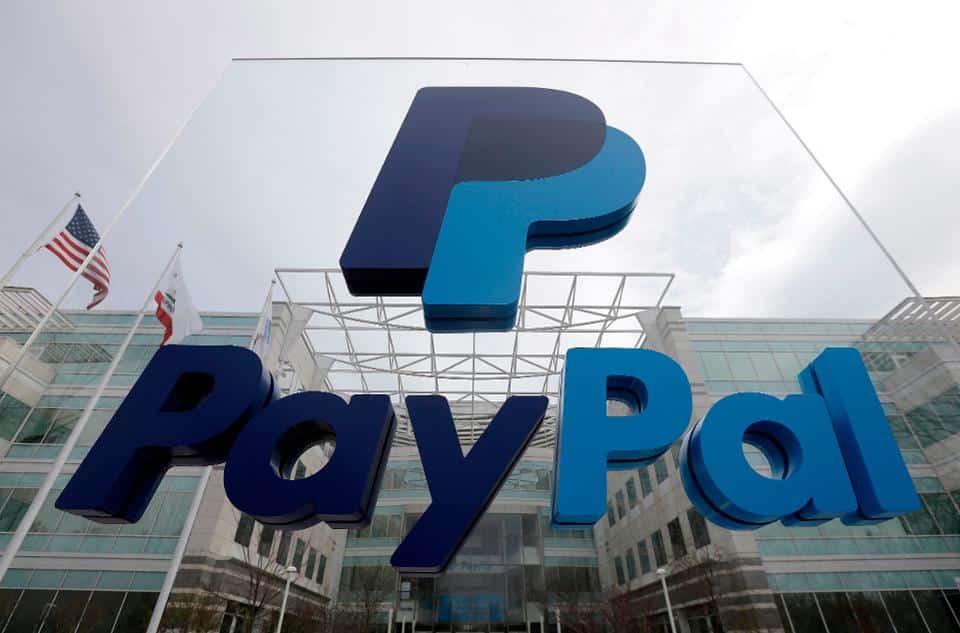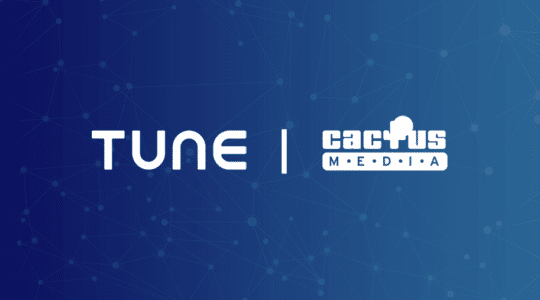
Editor’s note: Affiliate marketing and partnerships continue to evolve rapidly, and this past week was no exception. See what TUNE CEO Peter Hamilton had to say about PayPal’s recent acquisition of coupon and rewards platform Honey below.
This article was originally published on Forbes.com by Tom Taulli, who writes about tech and finance.
This week PayPal announced that it paid $4 billion for Honey Science, a startup that was launched in 2012. The company develops tools—including a Chrome browser add-on—that make it easier for consumers to use digital coupons.
“The acquisition makes a lot of sense for PayPal given the competitive landscape,” said Richie Serna, who is the CEO of Finix. “Many payment companies are looking to move beyond the checkout by providing value-added services to consumers and merchants in order to avoid a race to the bottom.”
Keep in mind that Honey has about 17 million MAUs (Monthly Active Users) and 30,000 online retailers, generating more than $1 billion in savings during the past year. To build this platform, the company raised a relatively small amount of venture capital: $49 million.
Honey also has the advantage of a treasure trove of data. “The acquisition is a pure data play and the power of data for personalization cannot be underestimated, which is why I’m not surprised by the massive price tag on this acquisition,” said Sudheesh Nair, who is the CEO of ThoughtSpot.
So how did Honey create such a strong platform? What were the success factors? To see, I reached out to some veterans in the tech industry:
Virgil Wong, the Global Practice Head and VP of Digital Experience/Creative at HGS Digital:
“Honey hits the sweet spot with data and hyper-personalization. Using cookies, pixel tags, web beacons, and other markers, Honey engages shoppers by tailoring its deals to each person’s own unique preferences. Customers automatically find and apply coupon codes when they visit any one of over 30,000 retail websites. They can select the products they want on Amazon, Macy’s, Target, Walmart, J. Crew, Overstock, or Saks Fifth Avenue, and receive instant notifications when there’s a better price. Amazon shoppers are a single click away from lower prices on their items of interest. And the most fastidious buyers have been conditioned to look for Honey’s ‘Best Deal’ indicator before making their purchases.
“Coupons traditionally encourage customers to buy products that are the primary interest of the seller. Honey’s hyper-personalization approach puts the buyer first in terms of selecting the products they want and finding the lowest possible price. To succeed, companies have to create a similarly customer-centric strategy and leverage robust data and marketing automation platforms to better serve their audience and build the kind of brand loyalty Honey currently enjoys.
“Honey offers stickiness, frictionless design, and persistent value–informed by precise persona and journey-mapping. Despite the initial onboarding friction of installing a browser plug-in, Honey fulfills its promise of decreasing the time and energy needed to find online deals. Customers who have buried themselves in pages of Google search results in the past looking for working promo codes can now instantly identify and apply them using Honey.
“Honey adopts a future-forward model of automation and analytics. Honey is essentially automating coupons, price monitoring, and rewards for customers in a manner that is similar to how other companies are using intelligent automation to engineer and optimize business, interaction, and cognitive processes. Bots perform the massive computational tasks that are required–and present the subsequent actions or data to humans for more subjective decision-making.”
Adam Weiss, who operates Weiss Digital Consulting:
“After creating something that solved a need for consumers, they built their relationships with brands and retailers through the affiliate channel, which gave them scale and efficiency. Through their affiliate partnerships, they did a good job of showing the value proposition of their tool, how it drove customer value, and how it was able to meet the KPIs that their partners were looking for.
“And lastly, to do that, they built a great team. My exposure was always to the partnership side of their business and having those professionals who were able to build relationships and work with brands and retailers is what made them successful, helped grow their business and will continue to drive the product forward.”
Peter Hamilton, the CEO of TUNE:
“Honey is proving the next generation of customer loyalty, building a deep and long-term consumer relationship. Most importantly, it helps consumers past that important question, ‘am I getting a good deal?’ The concept of loyalty, cash back, and coupons is not new to performance marketing, but both consumers and advertisers have been looking for an alternative to the status quo.”
Tom (@ttaulli) is the author of the book, Artificial Intelligence Basics: A Non-Technical Introduction. Follow me on Twitter or LinkedIn. Check out my website or some of my other work here.
Author
Becky is the Senior Content Marketing Manager at TUNE. Before TUNE, she handled content strategy and marketing communications at several tech startups in the Bay Area. Becky received her bachelor's degree in English from Wake Forest University. After a decade in San Francisco and Seattle, she has returned home to Charleston, SC, where you can find her strolling through Hampton Park with her pup and enjoying the simple things in life.




Leave a Reply
You must be logged in to post a comment.